Many Americans Don’t Realize Why Overusing ECO Mode Can Be a Bad Idea — What That Button Really Does
What exactly is ECO mode, why was it invented, and is it really as good as it sounds? Let’s break down the pros and cons.
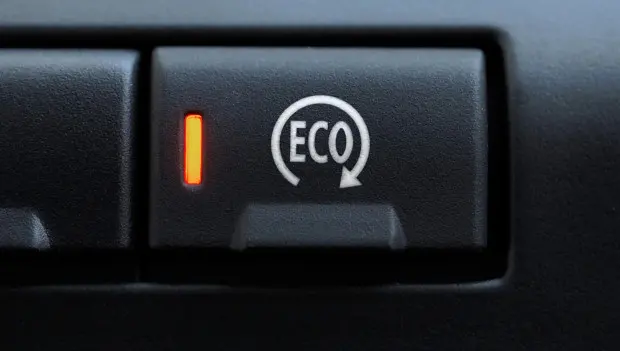
Most modern cars come with a variety of driving modes. Among them, ECO mode is often praised for being the most fuel-efficient. But while it can help you save gas, using it constantly might end up costing you more in the long run.
Fuel savings can sometimes lead to faster engine wear
When you start your car, it typically defaults to a standard driving mode — and for most people, that’s perfectly fine. But many vehicles also offer additional settings, one of which is ECO mode.
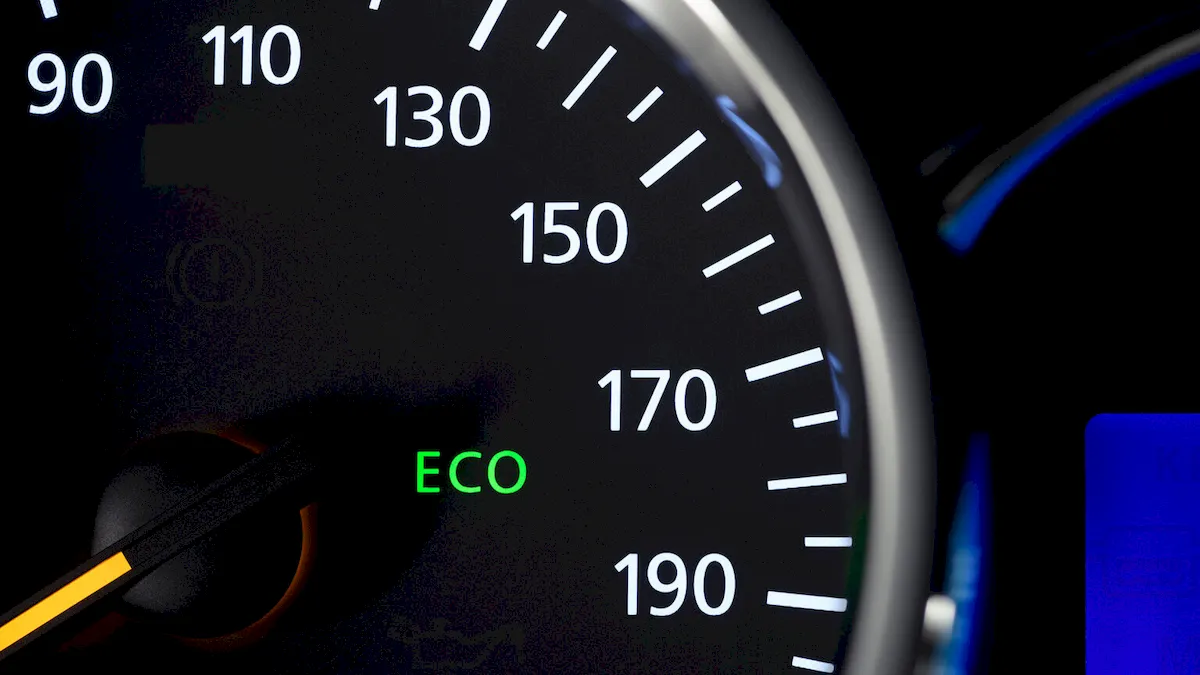
There’s no doubt that ECO mode reduces fuel consumption. However, it does so by changing how the engine and transmission behave, and that can have side effects. In this mode, the automatic transmission shifts into higher gears sooner than usual to keep the RPMs low. As a result, the engine operates under higher load, almost as if it’s “struggling to breathe.”
Running at low RPMs for extended periods can affect how well the oil pump functions. That means increased friction and faster wear of key components — like the crankshaft, pistons, and cylinder walls. Over time, growing gaps between the pistons and cylinder walls reduce compression and can cause unwanted detonation.
Additionally, prolonged use of ECO mode may lead to carbon buildup inside the engine, which can further degrade performance.
Winter adds another complication
Overusing ECO mode during cold weather is especially unwise. In winter, the engine takes longer to warm up, and keeping it in low-rev operation only delays that process. That doesn’t mean ECO mode should be ignored altogether — it just needs to be used smartly.
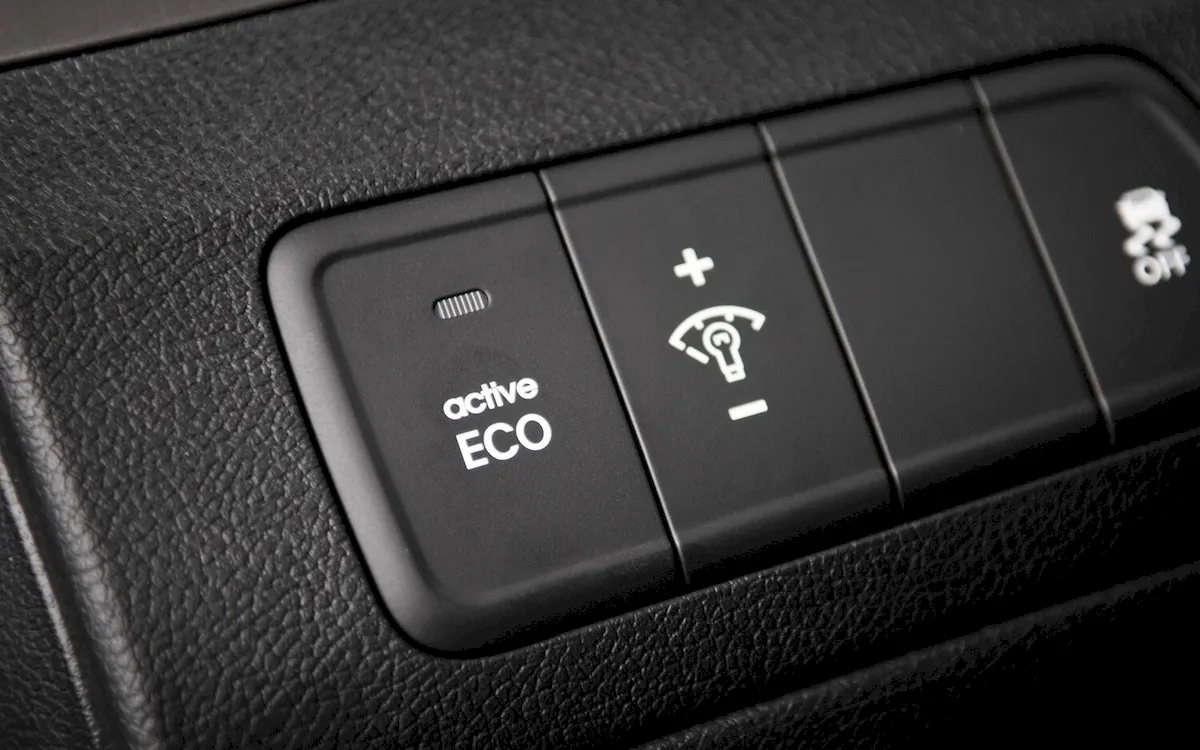
The key is balance. Switching to a sportier mode occasionally — even just a few times a month — helps the engine “stretch its lungs.” You don’t need to drive aggressively or race through traffic. Simply allowing the engine to rev a bit higher in lower gears lets it burn off carbon deposits and evaporate any moisture from the oil system.
Used properly, ECO mode can save fuel and keep your engine healthy — but moderation is what really makes it work.
You may also be interested in the news:

Three Zodiac Signs With Unpredictable Driving Behavior: Astrologers Say They’ve Found Evidence
Astrology experts who studied driver behavior say the stars may play a bigger role in driving style than many people think.
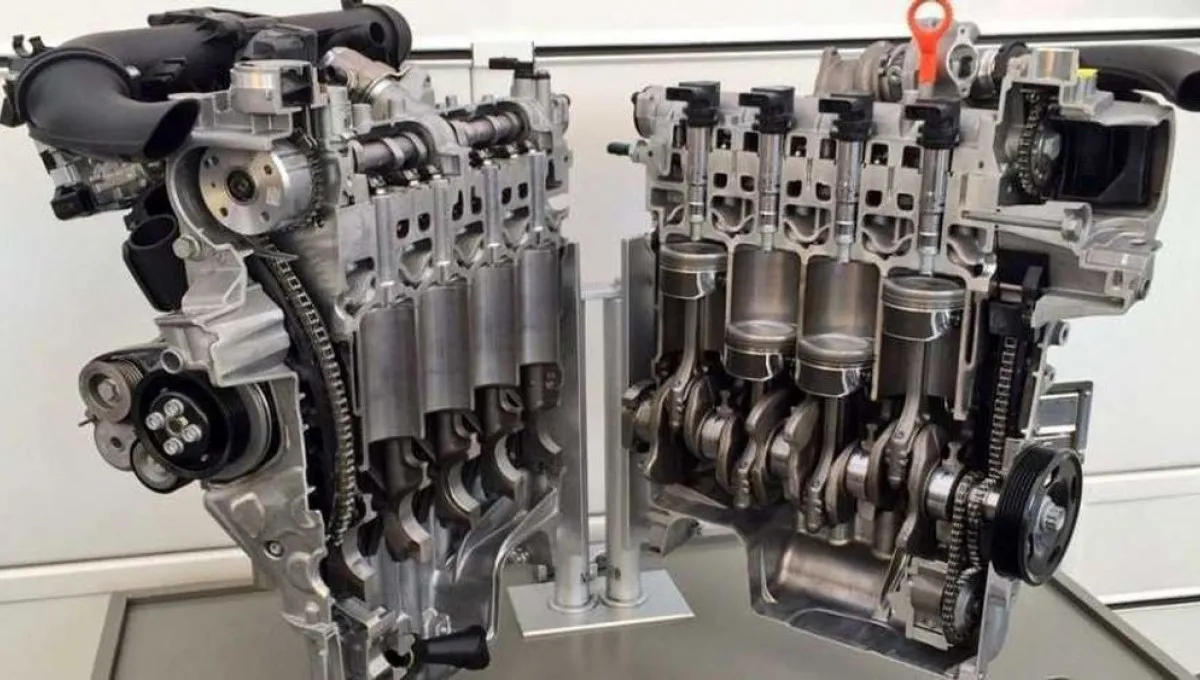
How to Spot Engine Problems Yourself—and Avoid Costly Repairs
Checking your engine without a shop visit: simple steps any driver can take
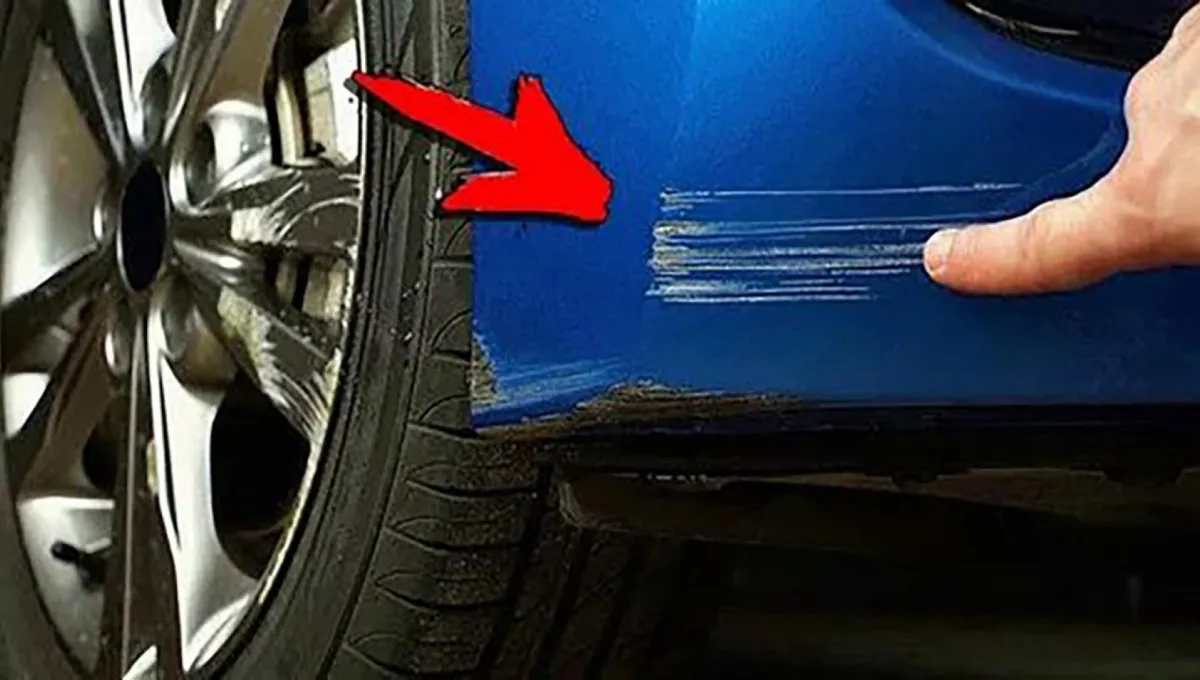
This Polishing Mistake Can Ruin Your Clear Coat: How to Avoid Rubbing It Into a Bigger Problem
How to remove minor paint scratches without body shop repairs

The Three Calmest Drivers by Zodiac Sign: Astrologers Spot a Clear Pattern
Astrologers studied how the stars influence driving habits and identified three signs with the most balanced behavior on the road.

What M+S Means on Tires—and When It’s Actually OK to Drive on Them
Among the many symbols stamped on tire sidewalls, you’ve probably seen M+S. Here’s what it really stands for.